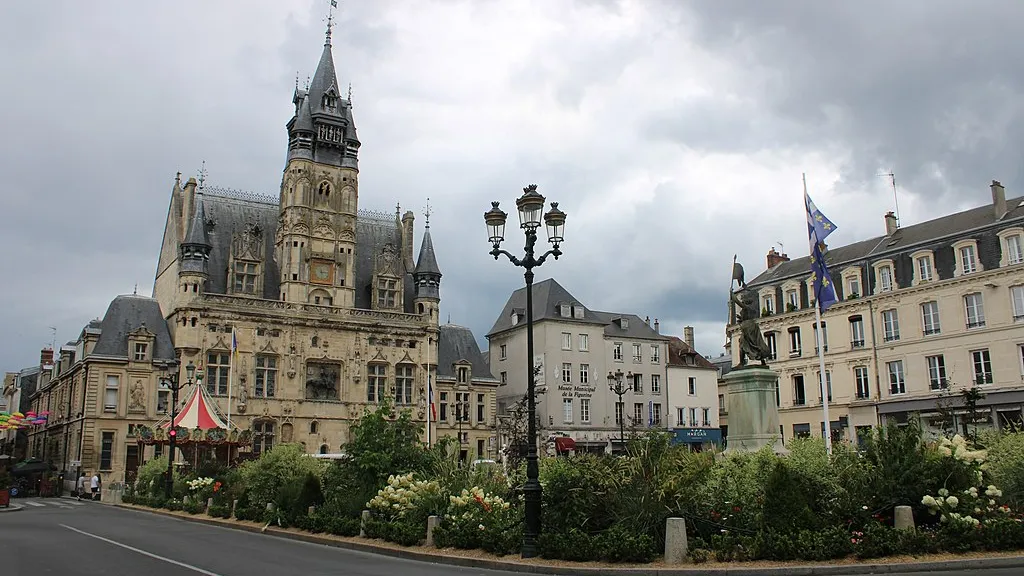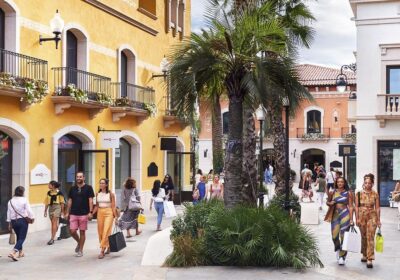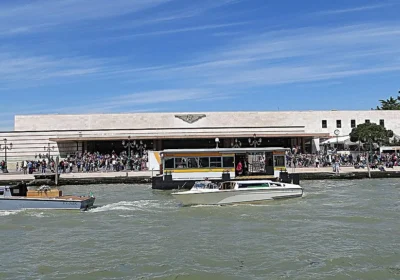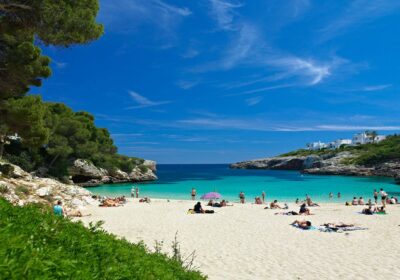As early as the 9th century, the first castle was built here by Charlemagne’s grandson (Charlemagne). In the 10th century, an abbey of royal importance was built next to it, around which the town grew and played an important strategic role.
Not by chance, it is here, near the walls of the city, in May 1430 Jeanne d’Arc was arrested, and in 1918 in the forest of Compiègne signed a peace treaty ending the First World War …
Compiègne is a prime example of an old French city. One of the most beautiful town hall buildings in France, medieval streets, mansions XVII-XIX centuries, cathedrals, beautifully preserved parts of the ancient abbey, well, and, of course, the royal palace with a huge park and forest – with lakes, beeches, oaks, game …
French kings like to hunt in the forests around Compiègne, where they have long been waiting for good hunting chambers. But Louis XIV declares “in Versailles I live as a king, in Fontainebleau – as a prince, and in Compiègne – as a peasant” and decides to build a palace worthy of him. Louis XV continues the construction, which is completed by Louis XVI.
Today in the palace awaits the traveler several kilometers of magnificent interiors of the epoch of the late XVIII and early XIX centuries. Dining rooms of emperors, card salons, royal bedrooms, the hall of the Council of State, the bedroom of the emperor, empress, musical, blue, flower and other salons, ballroom gallery and much more… Among all this splendor you will find, in our opinion, the most unique interiors of the Empire style in France.
Compiègne is associated with a number of royal wedding events. In May 1770 Louis XVI met Marie Antoinette, his future wife, here. In March 1810, Marie-Louise, Marie Antoinette’s niece, arrives at the palace from Austria to meet her future husband Napoleon Bonaparte for the first time. In 1832, the palace hosts the wedding of Louise-Marie, daughter of the French monarch Louis-Phillippe and the first king of Belgium.
The chateau-palace, standing on the outskirts of a medieval town and the edge of a magnificent forest, is one of the most beautiful places in France, which is why the court of Napoleon III, to which representatives of all the royal courts of Europe come every fall.

















